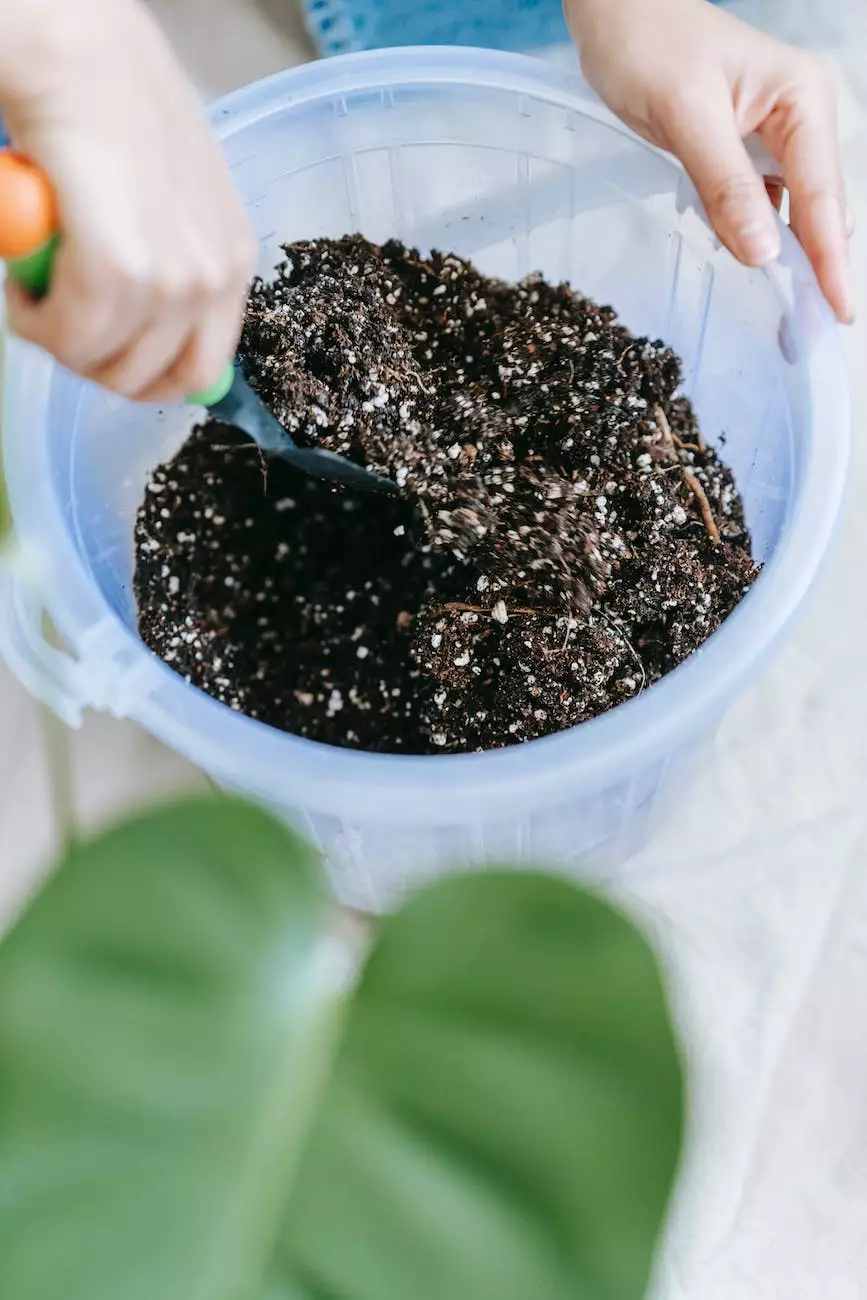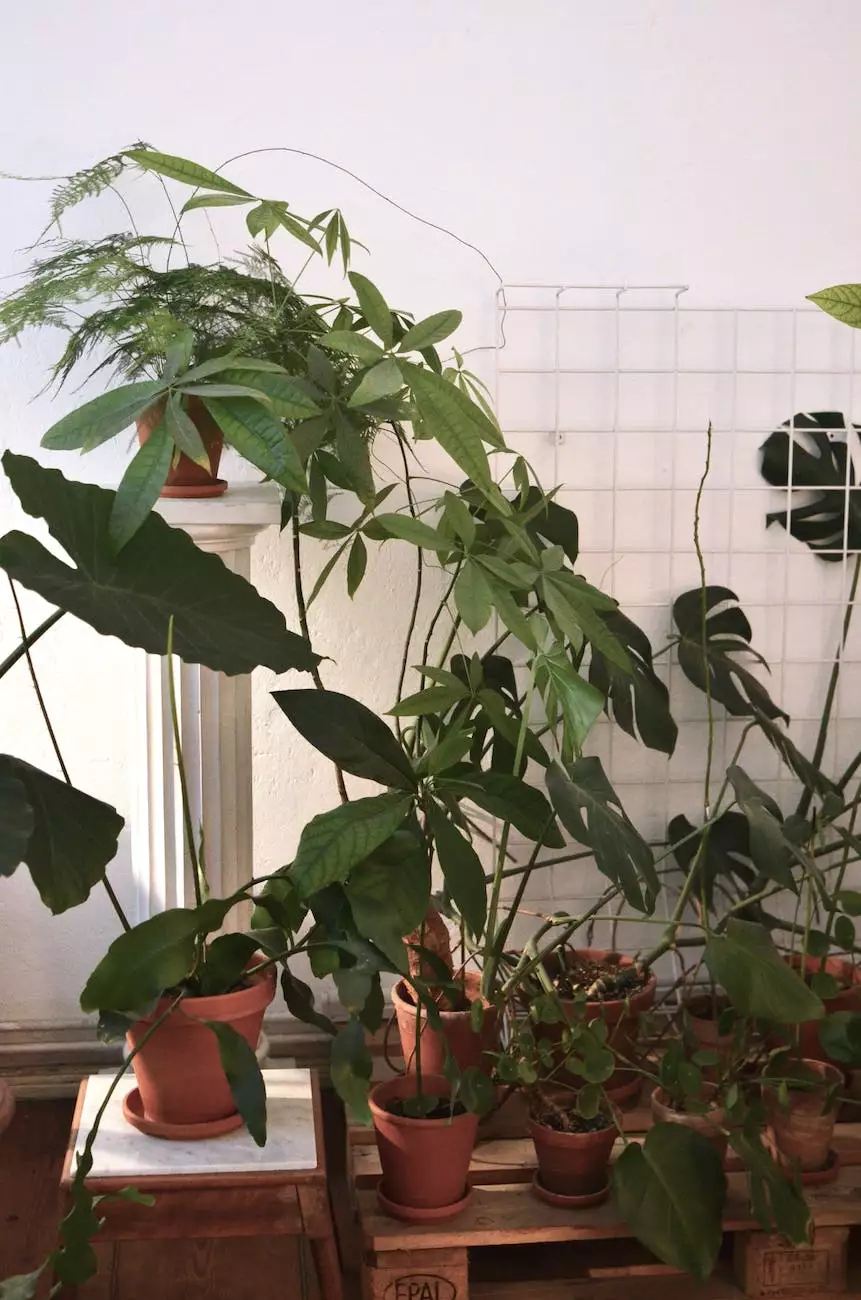Decoding Houseplant Fertilizer: What, When, & How Much

The Importance of Houseplant Fertilizer
Proper nutrition is essential for the healthy growth and development of houseplants. Understanding how to effectively use houseplant fertilizer can significantly impact their overall well-being. Cutting Hedge Services is here to provide you with comprehensive information on decoding houseplant fertilizer.
What is Houseplant Fertilizer?
Houseplant fertilizer is specifically formulated to provide plants with the necessary nutrients they need for optimal growth. It typically contains a balanced combination of essential elements like nitrogen, phosphorus, and potassium, as well as trace elements such as iron, magnesium, and zinc. These nutrients support various plant functions, including photosynthesis, root development, and flowering.
When to Use Houseplant Fertilizer
The timing of houseplant fertilizer application plays a crucial role in maintaining plant health. Generally, it is recommended to fertilize houseplants during the growing season, which typically occurs in spring and summer. However, the specific timing may vary depending on the plant species and growth patterns.
How Much Houseplant Fertilizer to Apply
Determining the appropriate amount of houseplant fertilizer to apply can be challenging but equally important. Over-fertilization can lead to nutrient burn, while under-fertilization may result in nutrient deficiencies. To achieve the right balance, it is vital to consider factors such as plant type, pot size, and growth stage. Cutting Hedge Services recommends following the instructions provided on the fertilizer packaging or consulting with a horticultural expert for personalized guidance.
Types of Houseplant Fertilizer
Houseplant fertilizers come in various forms, including liquid, granular, and slow-release pellets. Each type has its advantages and considerations. Liquid fertilizers offer quick nutrient absorption, making them suitable for frequent use. Granular fertilizers release nutrients gradually over time, providing a steady supply. Slow-release pellets offer convenience, requiring less frequent applications. Choosing the right type depends on your specific needs and preferences.
Additional Tips for Houseplant Fertilization
1. Know your plant's preferences: Different houseplants have varying nutritional requirements. Research and familiarize yourself with the specific needs of your plants.
2. Ensure proper watering: Before fertilizing, make sure the soil is moist to prevent root damage. Always follow proper watering practices.
3. Keep track of fertilization schedule: Maintain a calendar or reminder system to track when you last fertilized your plants. This helps prevent over or under-fertilization.
4. Observe signs of nutrient deficiencies or excess: Monitor your plants for any visual cues, such as leaf discoloration or wilting. Adjust your fertilization accordingly.
5. Consider organic options: If you prefer natural alternatives, explore organic houseplant fertilizers available on the market.
Conclusion
Decoding houseplant fertilizer is crucial for ensuring the flourishing growth of your indoor plants. Cutting Hedge Services aims to equip you with the knowledge and understanding you need to provide your houseplants with the best possible care. Remember to consider the type, timing, and quantity of fertilizer, and keep a watchful eye on your plants' response. With proper fertilizer application, your houseplants will thrive and bring enduring beauty to your home.




